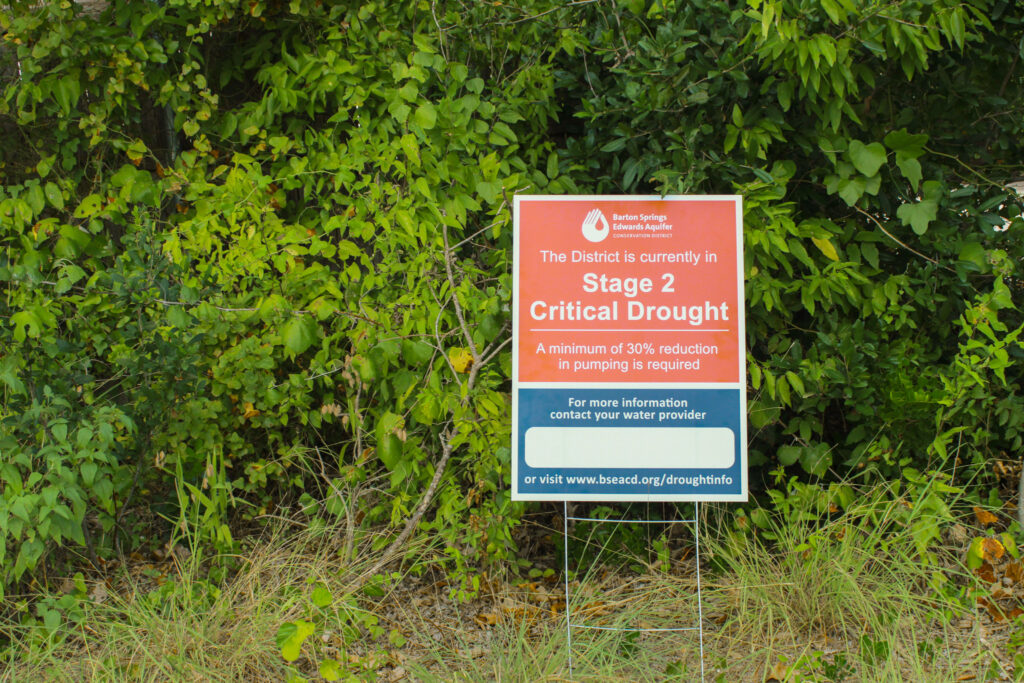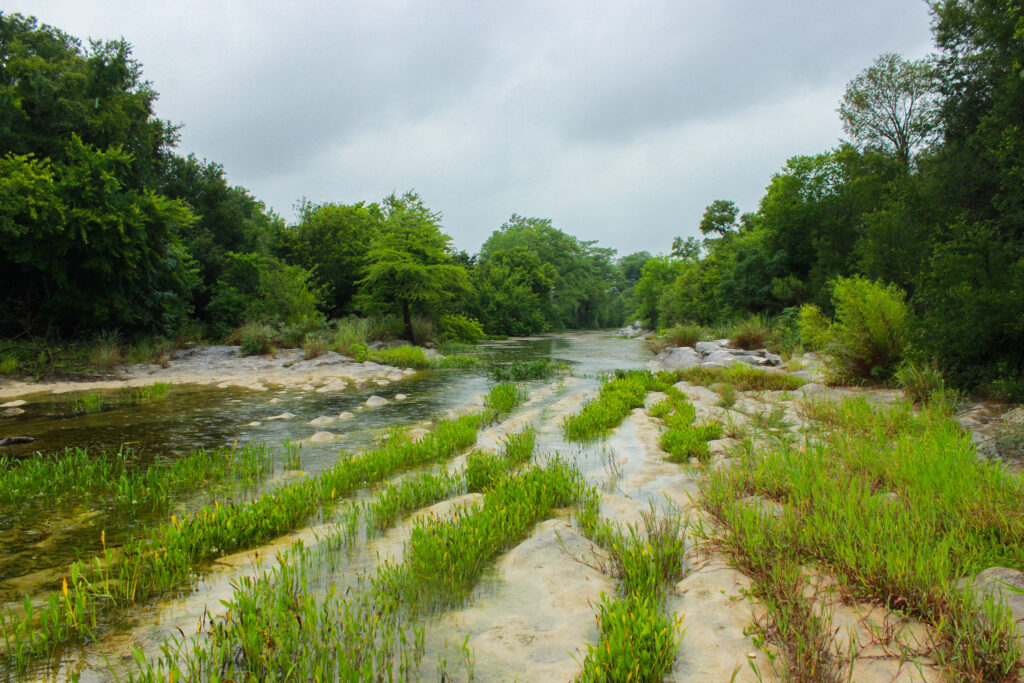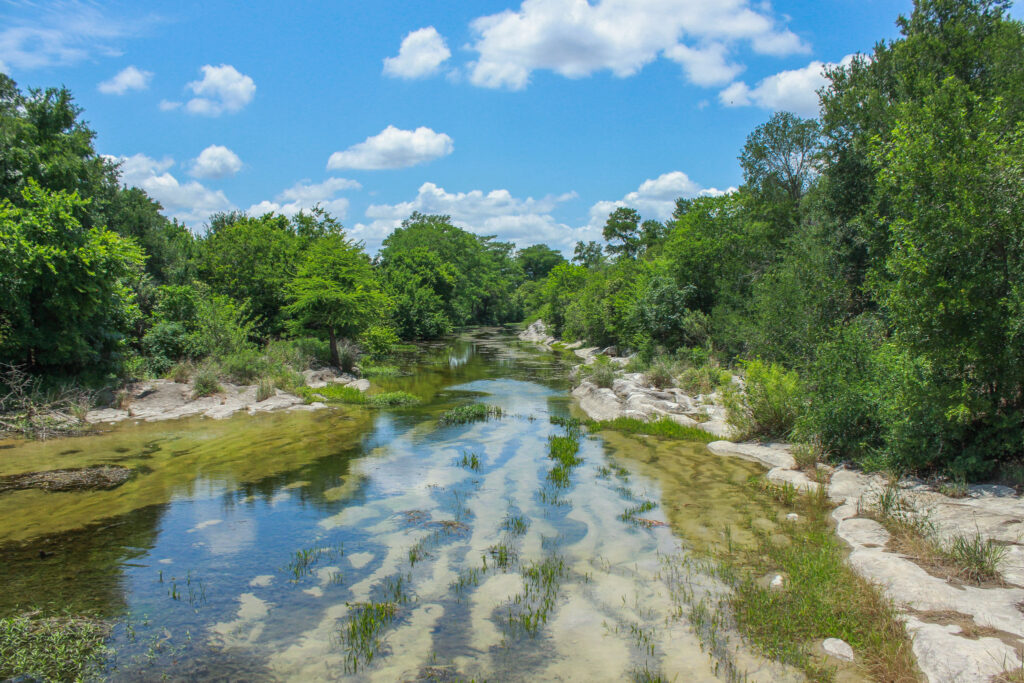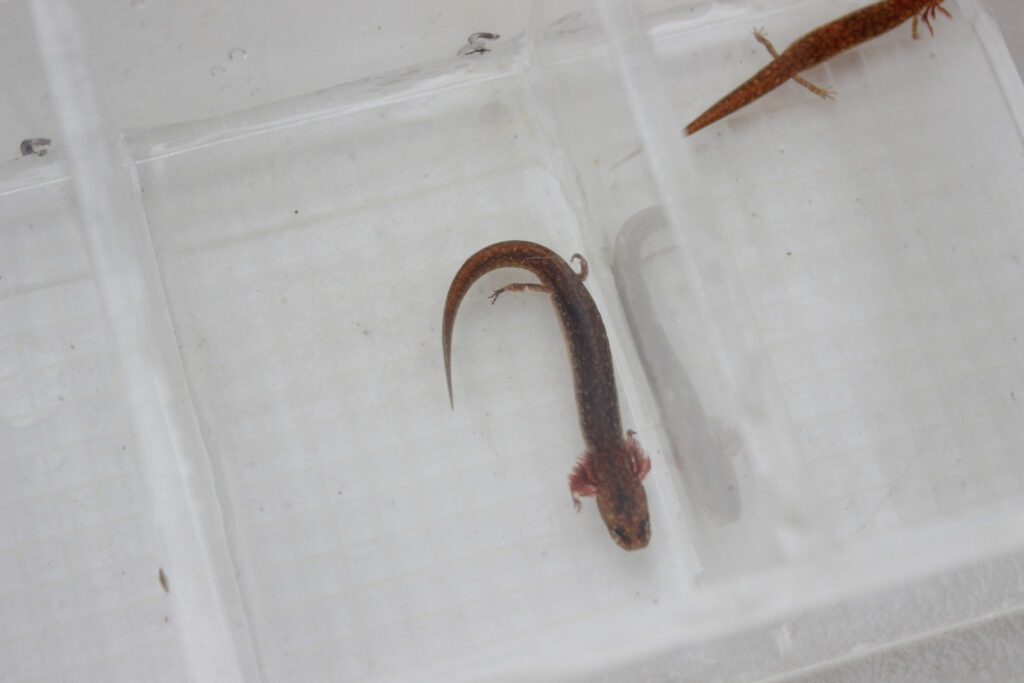Updates to District’s Drought Chart: Effective September 1, 2025

Pictured is the District’s new drought sign for Stage 2 Critical Drought, which will take effect September 1, 2025. The Board of Directors of the Barton Springs-Edwards Aquifer Conservation District has approved updates to the District’s drought chart. The revisions are designed to improve clarity, simplify the graphic, and make it easier for the public […]
General Manager Tim Loftus Steps Down After Years of Service
Dr. Tim Loftus has stepped down as General Manager of the Barton Springs-Edwards Aquifer Conservation District, which took effect on August 8, 2025. Since he assumed the role in January 2022, he advanced the District’s mission to protect and manage groundwater resources amid ongoing environmental and regional challenges. “It has been a pleasure to work with […]
Drought Update: July 2025

RainfallCamp Mabry recorded 6.1 inches of rain in July, while Austin-Bergstrom International Airport (ABIA) measured 3.1 inches, resulting in a combined average of 4.6 inches for the month. That’s 2.6 inches above the historical July average of 2.0 inches. Although July is typically the second-driest month of the year, it ranks as the second-wettest month […]
Well Owner Spotlight: Victoria and Travis Cox

Pictured are some of the rainwater cisterns on the Cox’s property. Collectively, these have the capacity to hold 200,000 gallons of water. Leading by Example in Water ConservationThe District has over 100 permittees, which includes individuals and entities using groundwater for industrial, commercial, and public water supply purposes. These permit holders are required to report […]
Drought Update: June 2025

It has been one week since the devastating floods impacted our neighboring communities. As stewards of water resources, this is a painful reminder that while water is precious and something we work to protect every day, it can also be a powerful and destructive force. This event has affected many of our fellow Central Texans. […]
Drought Update: May 2025

May brought a mix of dramatic weather events to Central Texas. Camp Mabry recorded its first triple-digit day on May 13 marking the third earliest occurrence on record. On May 28, a powerful microburst swept through the northern Austin area, delivering high winds, intense hail, and substantial rainfall. Some areas received up to 3 inches […]
Extensive Sampling at the Barton Springs Multiport Monitor Well

In collaboration with the US Geological Survey (USGS), the District carried out a comprehensive water sampling effort at the Barton Springs Multiport Monitor Well on May 15–16. Located in Zilker Park near Barton Springs Pool, the well was completed in May 2024, with the District collecting initial basic field parameters in July of the same […]
Drought Update: April 2025

April marked the 34th consecutive month of drought conditions in the District. It was also Austin’s fifth hottest April on record, with an average temperature of 73.8°F—nearly four degrees above the historical norm. Monthly rainfall remained below average, continuing the region’s prolonged dry trend. Since January 2022, Central Texas has accumulated a rainfall deficit of approximately 35 […]
Drought Update: March 2025

Rainfall In March, the District’s territory received an average of 1.55 inches of rainfall, mostly in the latter half of the month (Figure 1). While this was 1.35 inches below the historical monthly average of 2.9 inches, the good news is that much of this rain fell over the Edwards and Trinity recharge zones—where the […]
Protecting Springflow and Salamanders

The Barton Springs and Austin Blind salamanders are iconic residents of the greater Austin area. They are found nowhere else in the world except within the Barton Springs segment of the Edwards Aquifer, its spring outlets, and the surrounding habitat. If you’ve ever visited Barton Springs Pool, you may have noticed the decoy ducks near […]
